A Short History of Tables
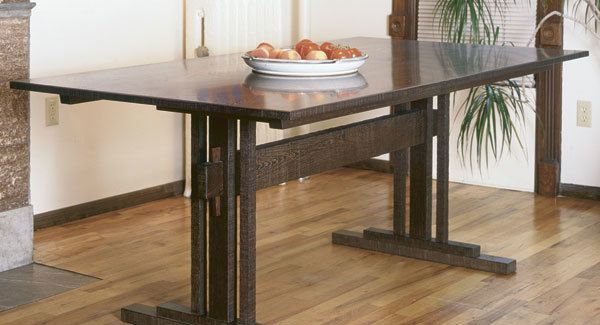
Although there are innumerable uses for tables, they all share one thing in common: a surface, typically flat and horizontal, that may be used for working on or eating from. Beyond this there are probably more kinds of tables than there are types of any other class of furniture.
Varieties of construction aside, four-legged tables have predominated ever since ancient Egypt, although Greek and Roman tables were often slab-sided, in the manner of altars. The other main defining characteristic of a table is its height, and this has risen with changes in seating; tables from ancient Rome being low enough to serve low couches, while more recent types are made higher to accommodate chairs.
The earliest Western tables were simple boards supported on trestles erected when needed for eating. The contemporary so-called trestle table is descended from these but is usually fixed, and its trestles are most typically single fixed standards rather than the collapsible medieval kind.
Long, narrow trestle-type tables descended from those used for monastic dining are known as refectory tables. An equally common medieval type used for dining was made with four legs, connected at their feet by sturdy stretchers. Such early dining tables known as “joined tables” (see also joint stools) were large and massive, and were often furnished with draw-leaves to further increase their capacity.
By Tudor times (the 16th century), the legs of these dining tables were often formed with large, bulbous turnings, and eventually gave rise to single or double pedestal tables. A parallel development can be seen in the manufacture of tables designed to be situated along or against a wall rather than in the center of a room. Console tables (made with brackets and no back legs), pier tables (so-named because they were originally designed to occupy the wall space between windows), side tables, and hall tables are all examples of this type.
Tables designed and used for specific purposes other than dining include varieties such as artist’s and drafting tables (typified by sloping and often adjustable tops), billiard tables, card tables (often made round to accommodate more easily an extra player, and also often made with a folding top in order to occupy less space when not being used), communion tables, dressing tables (typically furnished with a mirror), library tables, and tea tables — the latter being usually thought of as a round table supported on a single pedestal with crossed or tripod feet at chair height for taking tea, in distinction to a coffee table whose use may indeed be for taking coffee, but whose position in front of a couch or sofa, and its consequent lower height, is of greater importance.
An equally important class of tables is that defined by location, which largely determines the table’s size and shape, such as bedside tables, night tables, side and end tables, and sofa tables.
Much ingenuity has been used to construct tables that may be expanded or reduced in size, most usually for dining, by means of extra leaves, drop leaves, folding leaves, and draw leaves, and many of these may be classified by the particular construction technique involved (such as gate-leg, Pembroke, tilt-top, harvest, and hunt tables), but for the most part these do not represent usage types. Similarly, many tables have been furnished with a variety of drawers and shelves, and even, in the case of library tables, with cupboards, to the point that they might often be more correctly classified as different types of furniture, such as dressers, sideboards, and desks (or writing tables).
Graham Blackburn is a furniture maker, author, and illustrator, and publisher of Blackburn Books (www.blackburnbooks.com) in Bearsville, N.Y.



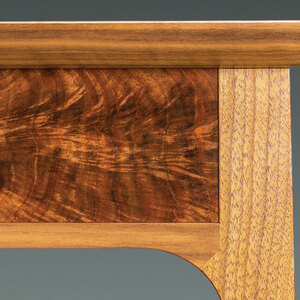
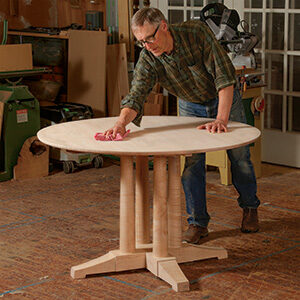
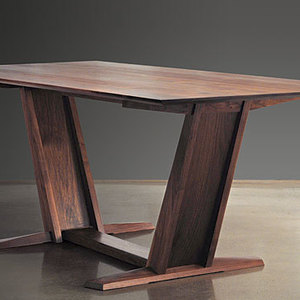





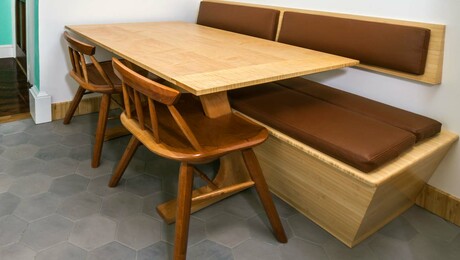
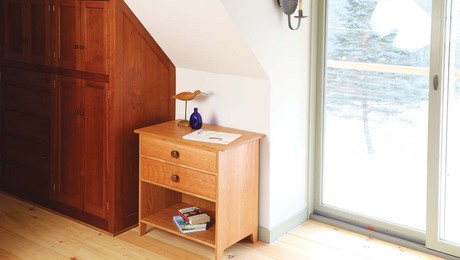








Log in or create an account to post a comment.
Sign up Log in